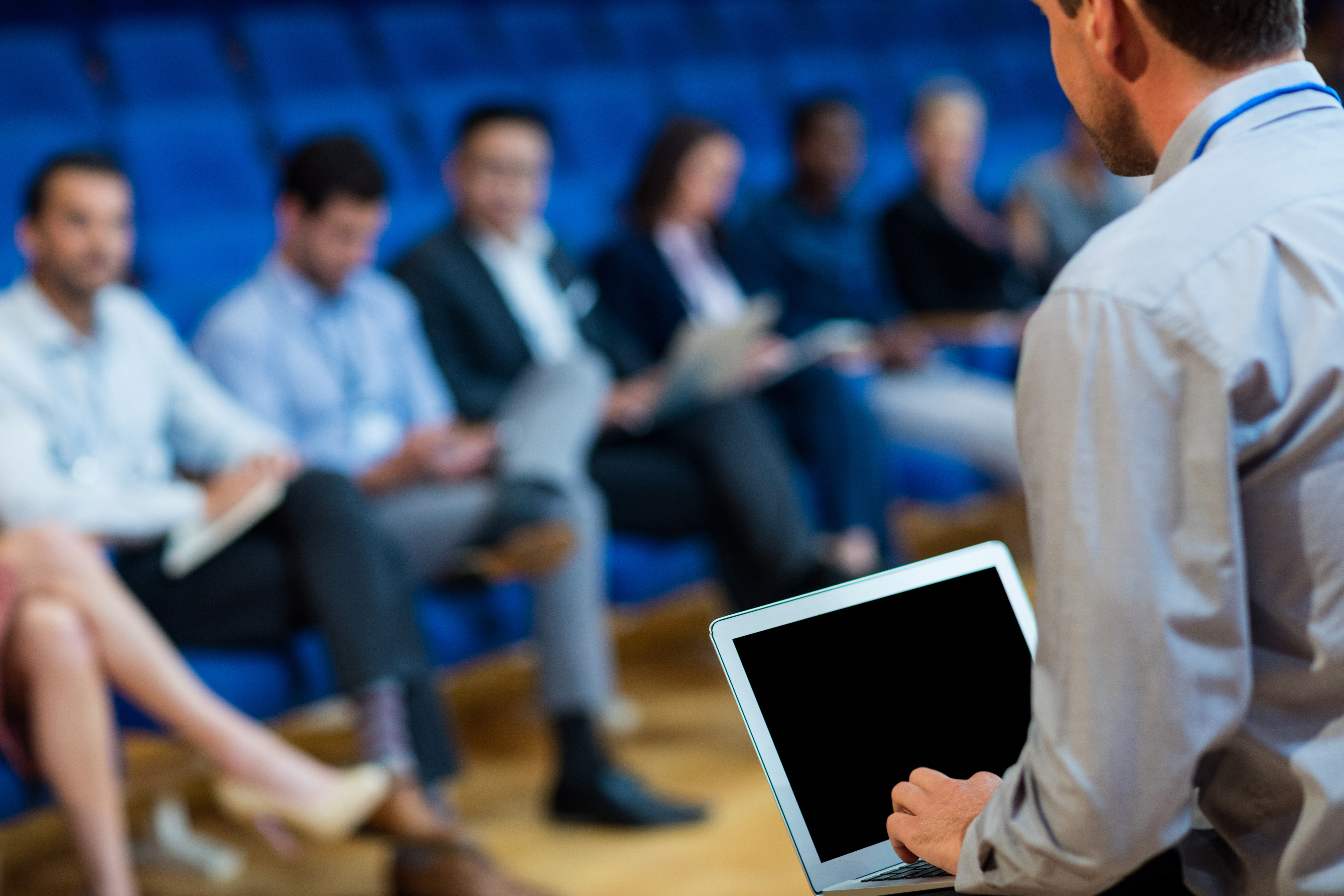If done correctly, there is tremendous power in thanking your audience at the beginning of a presentation.
But for many public speakers and business presenters, this becomes a missed opportunity. How often have you heard a speaker begin a presentation with something like this: “I would like to start by saying thank you for having me. When I got the invitation to speak here, I was thrilled. I am truly honored for this opportunity to speak to you.”
Notice how many times the word “I” or “me” is used in that introduction vs. how many times the word “you” or “we” is used. The “I/me” to “you,/we” count is 5-2. The words seem humble enough, but the point of view is all about the speaker, not the audience.
A good presentation — one that really connects and engages — is always all about the audience.
Audience-Centric Thanks
Here’s the secret: Before thanking your audience offhandedly, give some serious thought to exactly what you are thanking them for. What effort did they take to be there? Did they take time out of their busy day or forgo something else in their lives in order to attend? Did they travel from a great distance to be there? Why are they there?
Doping a little research and thinking about your audience will get you focused on delivering a thank you that connects with them.
I recently shared this advice with a friend who was speaking at a 5:30 p.m. public event. He began his remarks with this: “Thank you for coming today. I know some of you had to rush from work to get here. And I know some others of you had to make childcare arrangements in order to attend. You wouldn’t be here if you didn’t think this issue was important. I know that working together, there is a lot we can accomplish. So thank you all for coming.”
This time, the “I/me” to “you,/we” count is 3-6. More importantly, the point of view is all about the audience.
As my friend was giving his audience-centric thank you, I saw heads nodding in the audience. Others who were sitting back in their chairs started to lean forward. My friend was engaging the audience because he was speaking directly to them.
Connecting Right Away
It’s important to connect with your audience right away because you might not get a second chance. Smartphone technology has made it easier than ever for audiences to tune out. If you can’t capture their attention in the first two minutes, your audience may never hear all the great things you have to say in your presentation.
An audience-centric thank you is a great way to get your presentation off to a great start.
RELATED ARTICLES
Public Speaking Tip #17: Know Your Audience



